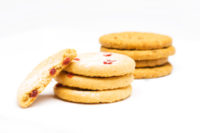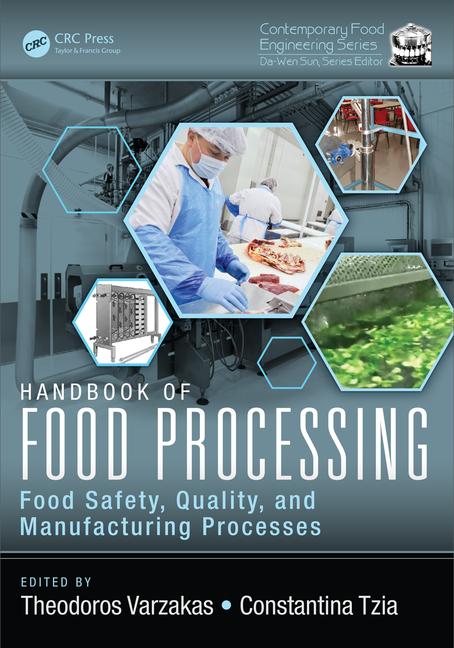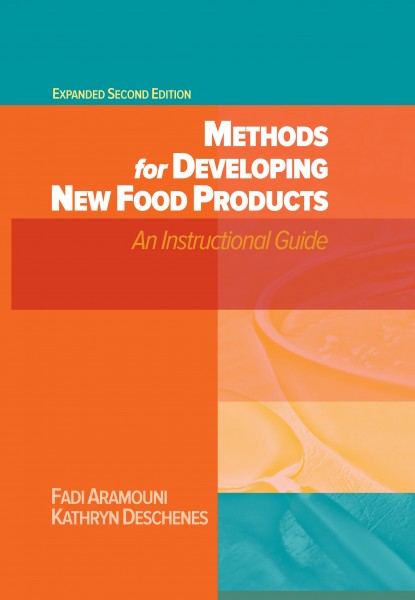![]()
Real-life Advice on Picking Kids’ Brains
by Steve Kling
Research pro shares strategies for conducting consumer
research with children and teens.
“I need to do some consumer research, but my target is kids!”
“Aren’t they just like adults?” “What do I have to do differently when working
with them?” “Kids can’t brainstorm, can they?”
I can’t tell you how many times I’ve heard
these and other questions from my clients, and I can almost see the fear in
their faces as they ask me. I hope this article will alleviate some of the
fear that goes along with kid research. Believe me, it’s not as
difficult as it seems at first.
There are many who believe that kids are fickle when it comes
to consumer research. Researchers and product development teams become frustrated
by the seemingly inconsistent information that kids provide. It’s really that
we as adults often don’t understand kid drivers, and we try to use scientific
methods that are designed more for adults. Let me describe some of the research
that I’ve used successfully with children. Most of this applies to kids who
are in their teens or as young as third grade. With children younger than that
you are often relegated to product testing that is a “yum or yuck” decision
at best, at least for foods anyway, due to the limits in how articulate younger
kids are.
Group by grade
It’s best to keep kids grouped by grade, not age. Even if your
target is six- to 12-year-olds, it’s not a good idea to combine kids of different
ages; there are too many cognitive differences in that much of an age span.
Even combining eight and nine-year-olds is not wise because they are often in
different grades, and even one grade level at that age can make all the difference
in the world. If elementary school-aged kids know each other (using a classroom
setting, for example) you can combine boys and girls. Otherwise, it’s best to
separate them, and it is wise to do so all of the time with teens.
Plan on having specific tasks for the kids to complete. Let
them give responses by drawing, story- writing or role-playing. If you make
it interesting enough, the time will fly by and you will have rich information
to mull over later. Try not to overload them. A kid’s attention span is less
than an adult’s, and there is only so much that kids can taste if you are working
with food. Typically, that’s only four to six product samples.
I’ve had clients who wanted to begin their development process by finding out the latest trends with kids and others who simply wished to generate new product ideas for them.
I’ve had clients who wanted to begin their development process by finding out the latest trends with kids and others who simply wished to generate new product ideas for them.
Brainstorming pros
Can kids brainstorm? You bet. Children are taught how to brainstorm
in school as early as first grade, as part of learning how to do problem-solving.
Many advanced placement classes employ those techniques regularly. In fact,
kids probably can do it better because they aren’t as conditioned to reject
new ideas as adults are.
Schools are the perfect place to do your brainstorming because
teachers can help you identify the best candidates, and schools often allow
you to use their facilities to run the sessions. I encourage the project teams
to participate in these sessions; that way they can ask pertinent questions
as the need arises. Besides, the more time your clients can spend with kids
in their own environment, the better they will be able to interpret the information.
It is often pointed out that to make a successful kid product, one has to think
like a kid. Observing and listening to kids in a creative brainstorming environment
is an excellent way to tap into their mindset.
Establish rapport
I still believe that good old qualitative research is one of
the best techniques to use with children. Even though we tell a child that filling
out a questionnaire is not a test, they still treat it as such. That’s why a
discussion format works better. Perhaps the most important thing you can do
in focus groups, one-on-one interviews, triads or less conventional testing,
is to establish rapport with kids so they feel free to talk without fear of
being judged. Avoid asking a direct “why” question, as it can be interpreted
as somewhat threatening. It’s better to ask them to clarify what they are saying.
Have kids write down their responses before you ask for their opinions. You
can avoid having kids change their opinions at the last minute to follow a “leader”
in the group.
There are times when a new product is sought and development
teams don’t have a clear focus on where to begin. Multiple elements of the product
are important, such as the concept, packaging, and product itself. It is important
to see the product through their eyes and find out what their criteria are for
success.
Research stations
I’ve done a lot of work setting up a
“total product offering” process, where kids are given specific
tasks that cover a myriad of different product elements. I’ve set up
multiple “stations” for the kids to react to stimulus of all of
the attributes a product has — a product concept station, a product
tasting station, a product naming station, a packaging station, etc.
Protocepts or prototypes are explored at each station.
Each person on your project team can get involved by managing these
stations, and it is a perfect opportunity for them to ask questions and
delve a little deeper on answers that kids give. At the end, I hold a
debriefing session with the project team to share the children’s
reactions to this newly created total product offering. You begin to see
the bigger picture emerge as the information is shared. What’s
more, the process is incredibly fun for the kids, and it keeps their
attention. I try to keep them at any one station for no more than 20
minutes, but the total time you can spend with them can be upwards of two
hours.
I would caution anyone looking to find out what the next kid
trend is by using such a technique; kids can tell you what’s hot today, but
they are no better than the rest of us at spotting trends. You may have to try
to get at Lead Users, consumers at the leading edge of trends that can better
put into words product requirements, for that. Many research suppliers can provide
you with that kind of participant.
Advisory boards
Another excellent way to get feedback on prototypes is to establish
a Kid Advisory Board. This technique involves selecting a panel of kids, preferably
highly articulate, who meet once or twice a week to evaluate prototypes. While
they no longer are naive consumers, you gain a trade-off in building a panel
of “experts” that can get on task quickly and stay on task, and use previous
information and memory to compare products they may have seen in previous sessions.
Quantitative route
There are times when quantitative research with
elementary-school aged kids is in order, when a formal evaluation is
warranted. I use a “star scale,” where kids assign a number of
stars that corresponds to their liking of a product, where one star means
they like a particular product very little, and five stars means they like
it a lot.
For more information on quantitative techniques, see the ASTM
Standard Guide for Sensory Evaluation of Products by Children, E-2299-03.
The bottom line is this: try not to be intimidated by doing consumer research with kids. Relax and enjoy working with them. Be honest with them. And if you are really stuck on how to talk their language, consider meeting with a teacher at your local elementary school for some advice. And remember, we all used to be kids, so try to tap into those old playground memories and design your research to meet them at their level.
The bottom line is this: try not to be intimidated by doing consumer research with kids. Relax and enjoy working with them. Be honest with them. And if you are really stuck on how to talk their language, consider meeting with a teacher at your local elementary school for some advice. And remember, we all used to be kids, so try to tap into those old playground memories and design your research to meet them at their level.
Steve Kling has a M.S. in psychology and specializes in
exploratory consumer research, which he has been doing professionally since
1985. He has worked for several major consumer products companies that have
had kid and adult brands. He now owns his own consulting company, Inklings,
Inc., based in the Minneapolis, Minn., area. He can be reached at Klingon@pclink.com






